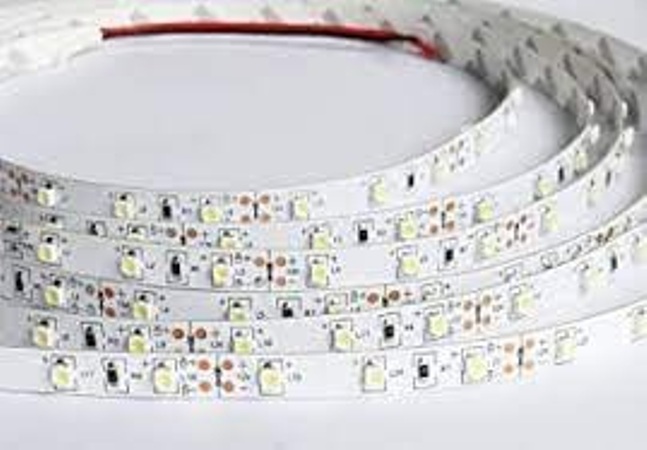
The global market for rheumatoid arthritis treatments is expected to grow at a CAGR of...
Learn More
Our consulting solutions address company specific challenges with respect to micro environment...
Learn More
Organizations frequently need day-today research guidancein order to gain strategic...
Learn More
Exploring different areas of market research and market analysis is a key factor...
Learn MoreAcute Market Reports presents the most extensive global business research services across industries. Our research studies focus on potential outcomes, benefits, and risks associated with each market segment across geographies. Having served our global clients for more than 10 years, our prime priority is to enable our clients in making well-informed business decisions through a data-driven, analytical, and uncomplicated research approach.
We provide access to the world's most comprehensive, analytical, and updated business intelligence services and solutions.




The airline cyber security market is expected to grow at a CAGR of 11.5% during the forecast period of 2025 to 2033, as airlines continue to digitalize their operations, enhancing efficiency but also exposing themselves to cyber threats. The aviation industry faces un...
Read More
The sheet metal fabrication services market is expected to grow at a CAGR of 4.5% from 2025 to 2033. Technological advancements play a pivotal role in the sheet metal fabrication services market. Companies increasingly adopt automation, robotics, and...
Read More
The linear LED strip fixture market is expected to witness a CAGR of 11.5% during the forecast period of 2025 to 2033, driven by the increasing adoption of energy-efficient lighting solutions and the growing emphasis on sustainable lighting practices...
Read More




